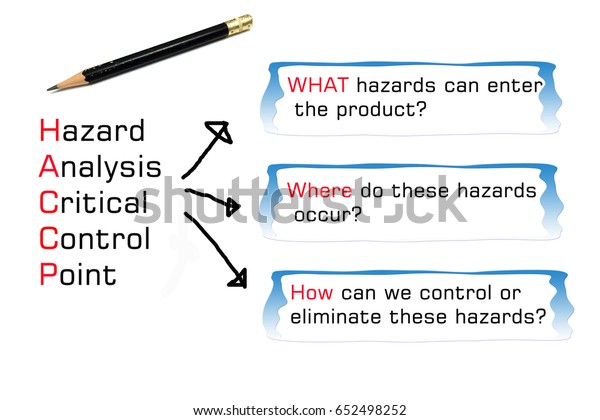

The gaps identified during the gap assessment become your company’s ‘to-do’ list. Other helpful resources can be found on the site as well! Get a copy of the SQF self-audit tool from and conduct a gap assessment to identify what needs to be done. The CB can also assist in identifying which SQF standards apply to your operation, and to start the paperwork for scheduling an audit later, once your company is ready. Get in contact with a Certification Body, or CB, to coordinate this audit. We strongly recommend obtaining a HACCP audit, or and audit to the SQF Fundamentals Intermediate standard, to confirm program implementation and identify any gaps. Establish effective HACCP and Pre-Requisite Programs. Some members of management are also required to have specific training, such as crisis management training and training in the principles of HACCP. This includes any relevant job-specific training related to SQF programs. Ensure proper training is conducted for team members. Courses such as our HACCP 102 and HACCP 103 are recommended to be taken when timing allows. SQF training is strongly recommended prior to certification. A certified 2-day HACCP course is required, as well as auditor training. Identify an SQF Practitioner, and ensure they have the proper training. SQF Implementation varies for each company, but it typically includes some common steps: Implementing SQF Food Safety Program SQF Implementation These committees are directly involved in development of the standards, training materials, and guidance documents.  Although all GFSI programs include industry input in their development processes, the SQF programs have a high level of involvement from members of the food industry, certification bodies, and training organizations through “Technical Advisory Committees”. However the SQF standard is viewed by some as less specific in its requirements, allowing greater flexibility. All of the GFSI programs have some flexibility in terms of how the requirements may be applied to a company, based on risk. This can also be said for some of the other GFSI benchmarked schemes, but the SQF standards are quite broad in scope and allow certification of many different parts of the food supply chain. As described above, the SQF standards is modular in nature and includes standards for certification of many different parts of the food supply chain. However there are still some differences worth noting.
Although all GFSI programs include industry input in their development processes, the SQF programs have a high level of involvement from members of the food industry, certification bodies, and training organizations through “Technical Advisory Committees”. However the SQF standard is viewed by some as less specific in its requirements, allowing greater flexibility. All of the GFSI programs have some flexibility in terms of how the requirements may be applied to a company, based on risk. This can also be said for some of the other GFSI benchmarked schemes, but the SQF standards are quite broad in scope and allow certification of many different parts of the food supply chain. As described above, the SQF standards is modular in nature and includes standards for certification of many different parts of the food supply chain. However there are still some differences worth noting. 
Over the years, as the GFSI benchmarking standard has been further developed to encourage greater consistency between the standards, standards have become much more similar.
Haccp stands for full#
In addition its suite of programs now includes SQF fundamentals, which has two levels of more basic food safety audits, allowing smaller companies a step-wise approach to full SQF certification as depicted in this diagram: How does SQF differ from other GFSI schemes?Īt one time there were some significant differences between the various GFSI-benchmarked food safety standards. The SQF standards have a unique structure which includes a modular approach, allowing greater flexibility for certification of different parts of the food industry with a consistent approach at all levels. The organization that manages this food standard is the Safe Quality Foods Institute (SQFI). In addition there are standards for food quality, the manufacture of food packaging, storage and distribution of food, and others. What began as a food safety standard has now become a suite of standards for the food industry that encompasses food safety from the agricultural level, to all types of food processing, and even retail.

It’s one of the GFSI-benchmarked certification programs, which are recognized worldwide, and are required by many retailers and food manufacturers in order for them to purchase your company’s products. Specific information is provided to assist the regulator and industry in meeting the needs for providing safe food to the consumer.The SQF standard, first developed in Australia in 1994, has been owned and managed by the Food Marketing Institute (FMI) since 2003. Cooperatively, regulators and industry can work together to understand the perspective of each and account for the variety of food preparation and service needs found in retail food establishments - from the facility with minimal food service to very complex operations that serve hundreds to thousands of meals daily. Regulators also play a role in maintaining a food safety system in retail food establishments. Managing retail food safety embodies the principles of HACCP at retail and active managerial control on the part of industry. HACCP & Managerial Control of Risk Factors








 0 kommentar(er)
0 kommentar(er)
